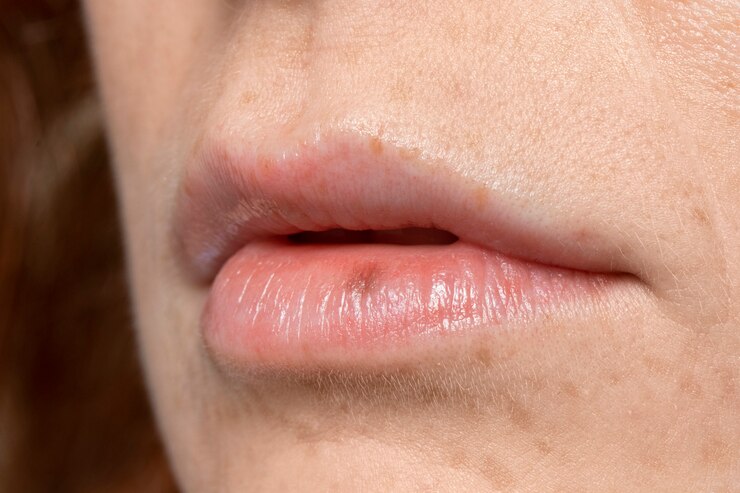Herpes simplex viruses (HSV-1 and HSV-2) are common pathogens that can cause a range of infections, primarily affecting the oral and genital areas. Understanding the signs, symptoms, and causes of herpes is crucial for early diagnosis, effective management, and breaking down the stigma associated with this prevalent viral infection.
Signs and Symptoms:
1. Oral Herpes (HSV-1):
Cold Sores (Fever Blisters): The most recognizable symptom of HSV-1 is the development of painful, fluid-filled blisters or sores, commonly known as cold sores or fever blisters. These usually appear on or around the lips.
Itching and Tingling: Before the sores emerge, individuals may experience itching, tingling, or burning sensations in the affected area.
Flu-like Symptoms: Some people may experience flu-like symptoms during the initial outbreak, including fever, headache, and muscle aches.
2. Genital Herpes (HSV-2):
Painful Sores in Genital Area: HSV-2 typically causes painful sores or ulcers in the genital and anal regions. These lesions can also appear on the buttocks and thighs.
Painful Urination: Genital herpes may cause pain or a burning sensation during urination.
Flu-like Symptoms: Similar to oral herpes, the initial outbreak of genital herpes may be accompanied by flu-like symptoms.
3. Asymptomatic Infection:
Some individuals infected with HSV may not exhibit noticeable symptoms, making it challenging to identify the infection. However, even in the absence of visible symptoms, the virus can still be transmitted to others.
Causes:
1. Direct Contact with Infected Secretions:
Herpes is primarily spread through direct contact with the herpes simplex virus. This can occur through oral, genital, or anal contact with an infected person, especially during active outbreaks.
2. Kissing and Sexual Activity:
Herpes can be transmitted through kissing when one partner has an active oral herpes outbreak. Additionally, engaging in sexual activities, including vaginal, anal, or oral sex, with an infected partner can lead to genital herpes transmission.
3. Mother-to-Child Transmission:
Pregnant women with genital herpes can transmit the virus to their newborn during childbirth. This can lead to severe complications for the infant.
4. Innocent Touching:
The virus can be spread through innocent touching, such as a parent touching an active cold sore and then touching their child’s face. This underscores the importance of good hand hygiene.
5. Sharing Personal Items:
Sharing items like towels, razors, or eating utensils with an infected person during an active outbreak can also facilitate the transmission of herpes.
Prevention and Management:
1. Safe Sexual Practices:
Consistent and correct use of condoms during sexual activity can reduce the risk of herpes transmission. However, condoms may not provide complete protection, as the virus can be present in areas not covered by the barrier.
2. Avoiding Contact During Outbreaks:
Individuals with active herpes outbreaks should avoid intimate contact with others to prevent transmission. This includes refraining from kissing and sexual activities until the sores have healed.
3. Antiviral Medications:
Antiviral medications can help manage herpes symptoms and reduce the frequency and severity of outbreaks. These medications may also lower the risk of transmission to sexual partners.
4. Regular Testing and Communication:
Regular testing for sexually transmitted infections, including herpes, is essential for early detection. Open communication with sexual partners about one’s sexual health is crucial for preventing the spread of the virus.
Herpes is a prevalent viral infection that affects millions of people worldwide. Understanding the signs, symptoms, and causes of HSV-1 and HSV-2 is pivotal for timely diagnosis, effective management, and responsible sexual health practices. By fostering awareness and dispelling myths surrounding herpes, we can work towards destigmatizing the condition and promoting a more informed and compassionate approach to its prevention and management.










